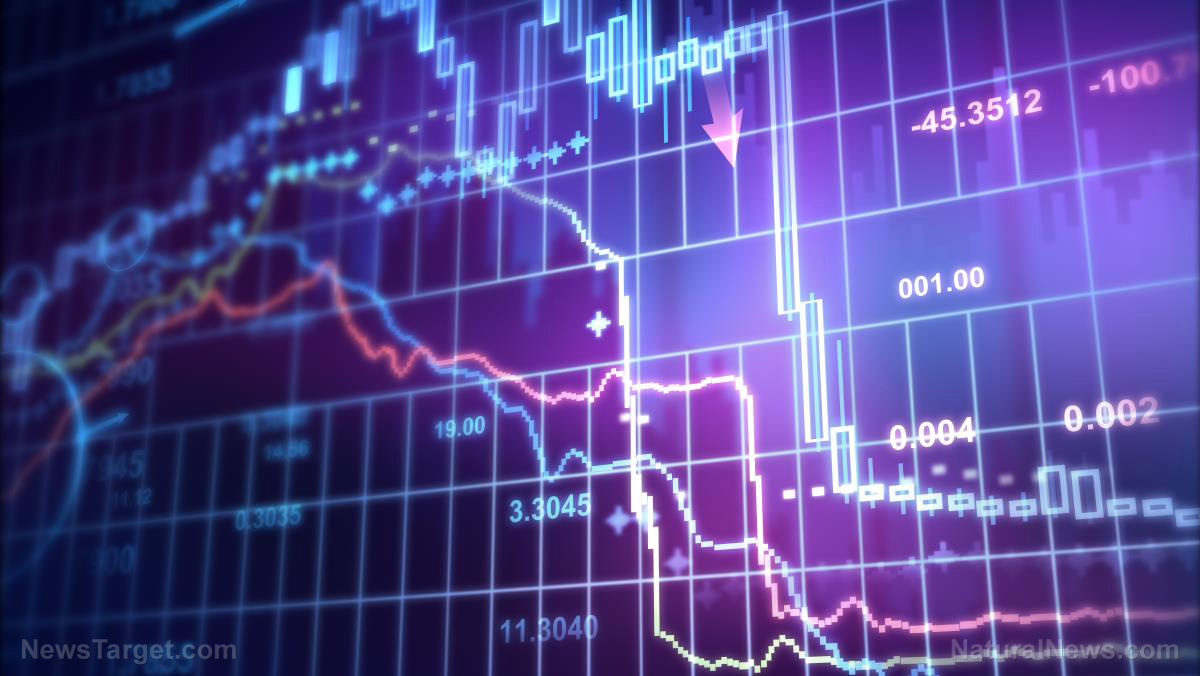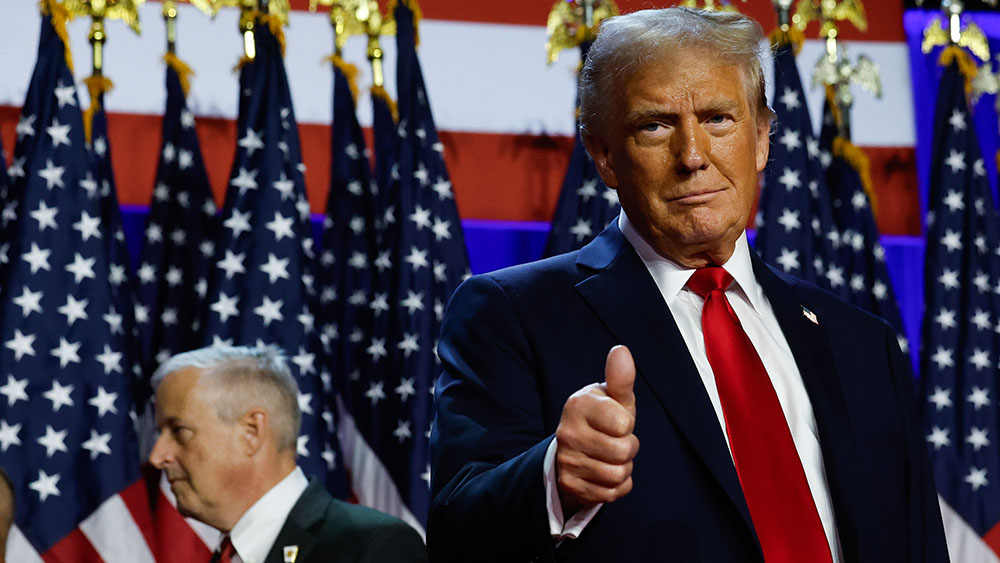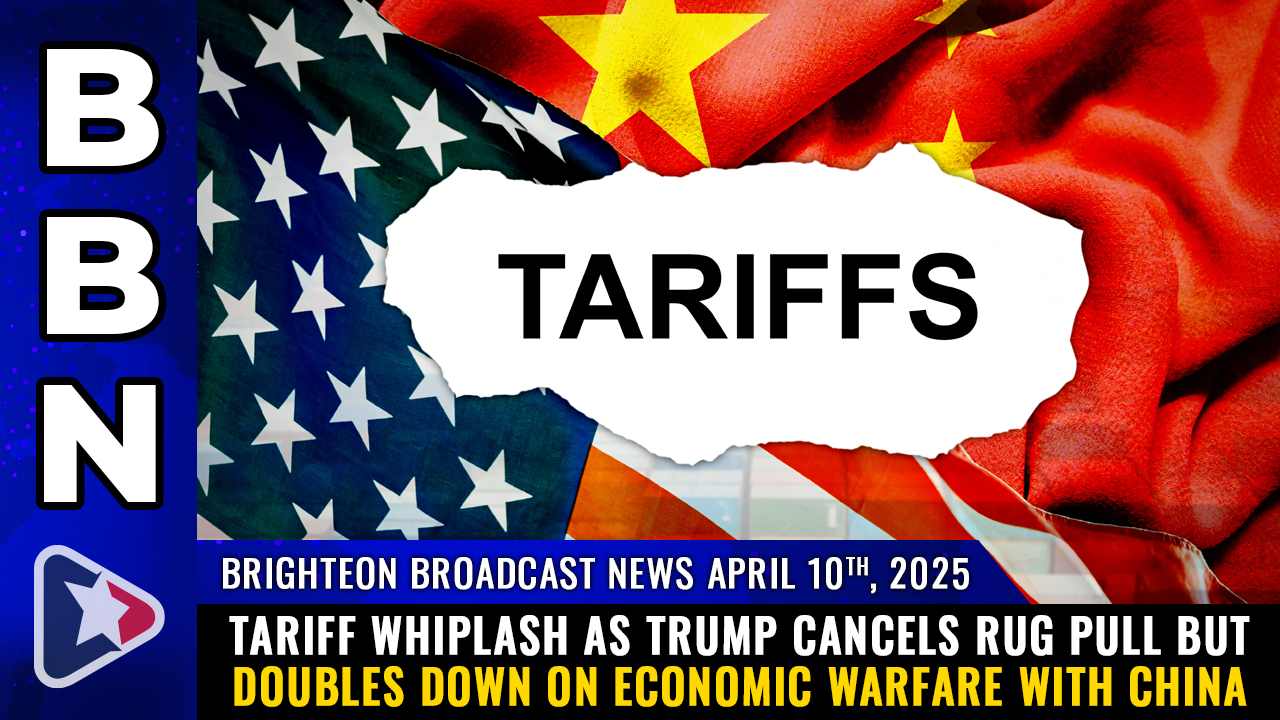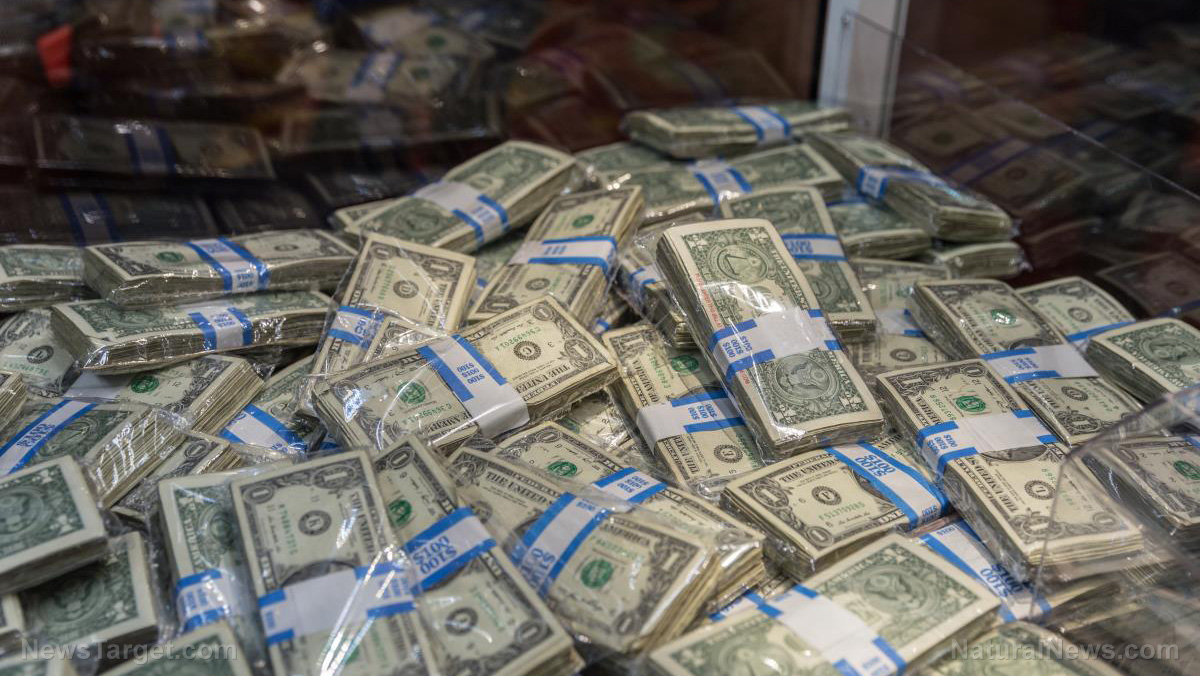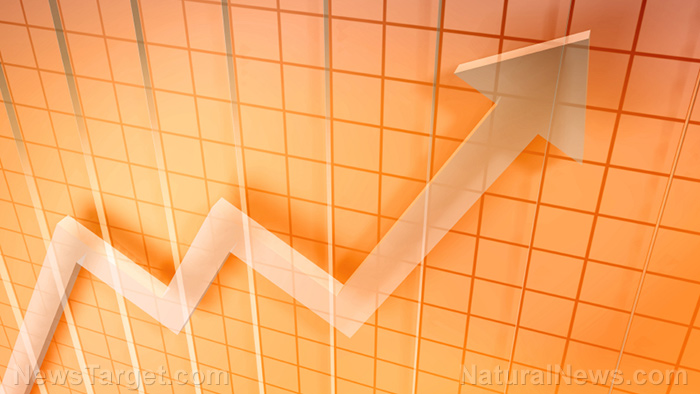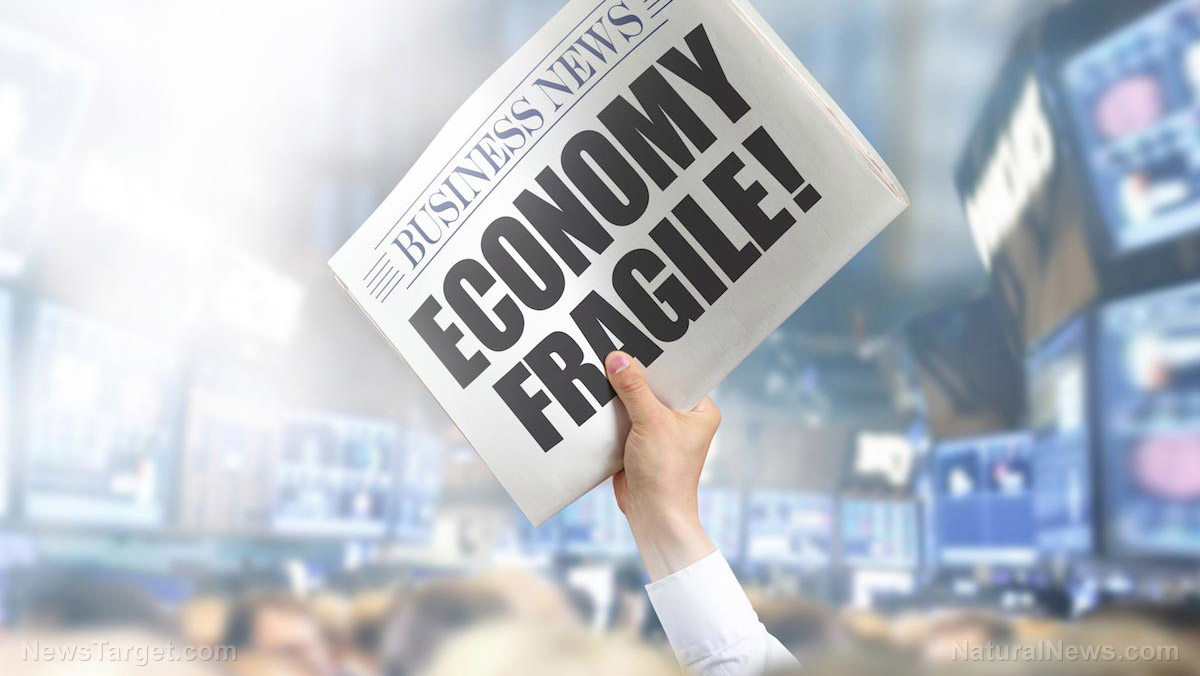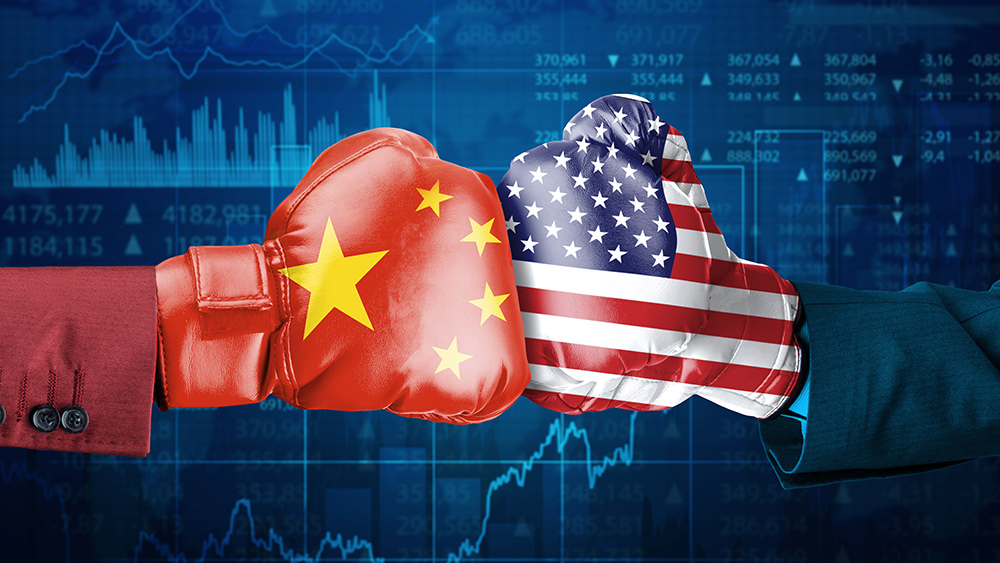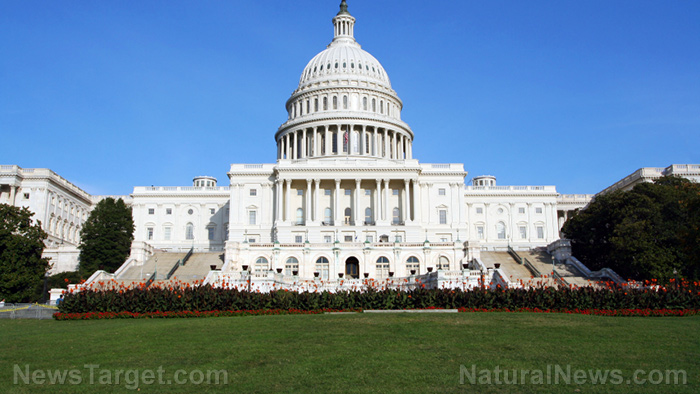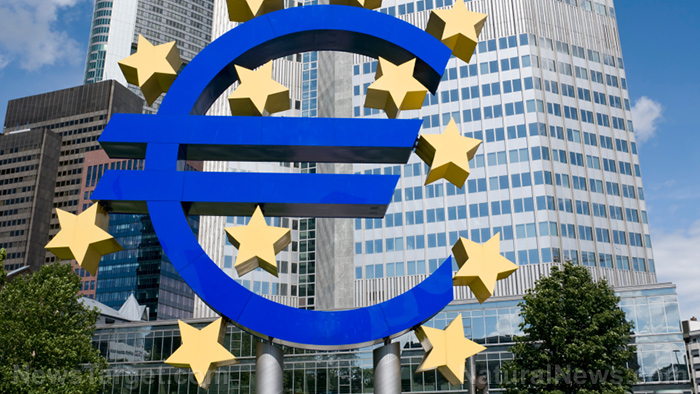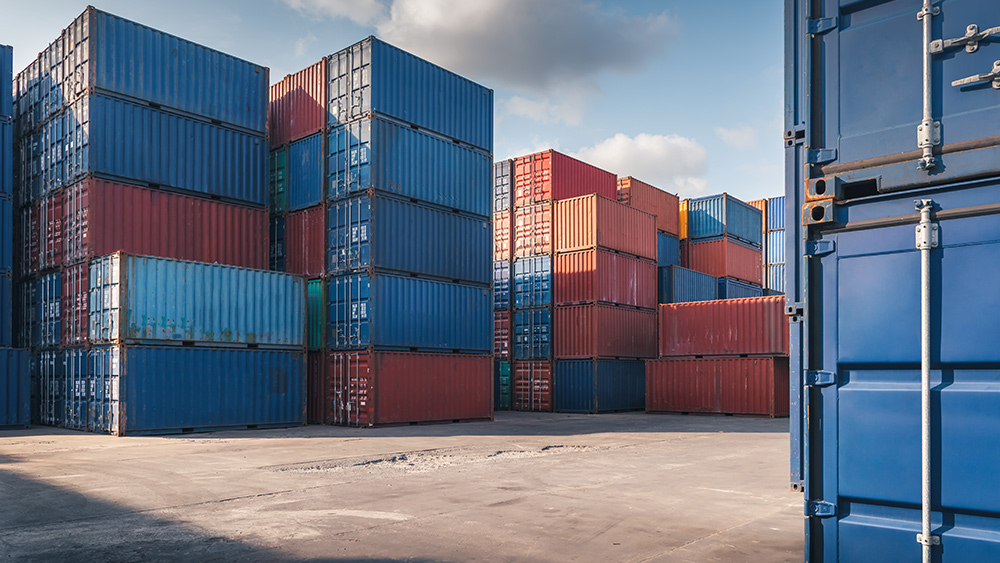Trump’s sweeping tariffs set to hit consumers hard — from iPhones to automobiles
04/08/2025 / By Willow Tohi

- President Donald Trump has introduced aggressive tariffs, including a universal 10% tax on all imports and additional “reciprocal tariffs” targeting over 60 trade partners, with China facing the highest at 34%. These measures aim to boost U.S. industry but will raise prices on everyday goods.
- Economists warn the tariffs could cost U.S. households an average of 3,800 annually, drive inflation to 1980s levels, and disproportionately affect lower-income families.
- New tariffs (34% on China, 46% on Vietnam) threaten global supply chains, but experts doubt U.S. textile jobs will return. Imported vehicles and parts could see 8%+ price hikes, limiting consumer choices. Furniture, European wines and coffee/chocolate will also become more expensive.
- Critics compare the tariffs to the 1930 Smoot-Hawley Act, warning of retaliation (China/EU) and potential economic fallout. The Fed predicts inflation could surge to 4.5%, while growth may slow.
- The White House dismisses concerns, citing past tariff policies as successes, but critics argue the scale ($2.5 trillion in imports affected) and lack of supply-chain alternatives make this move far riskier.
President Donald Trump’s aggressive new tariff policies, set to take effect this month, will significantly raise prices on everyday goods — from clothing and cars to coffee and electronics — as the administration seeks to reshape global trade in favor of American industry. Announced on April 2, 2025, the measures include a universal 10% tariff on all imports and additional “reciprocal tariffs” targeting over 60 trade partners, with China facing the harshest levies at 34%. Economists warn the policy could cost the average U.S. household $3,800 annually in reduced purchasing power while stoking inflation to levels not seen since the 1980s.
The apparel industry braces for a major shock
Clothing and footwear are among the hardest-hit sectors. Yale University’s Budget Lab estimates prices for apparel, leather goods and wool or silk products will jump 10% to 20% due to new tariffs on China (34%), Vietnam (46%) and Bangladesh (37%). Denise Green, director of Cornell’s Fashion + Textile Collection, called the tariffs “disastrous” for global manufacturing hubs, particularly smaller nations reliant on garment exports.
While Trump has framed the tariffs as a tool to repatriate jobs, economists like Ernie Tedeschi, a former White House adviser, argue the policy is unlikely to revive U.S. textile production. “People will still import clothing,” he said, “and they’ll have to eat the price increase.”
Auto prices set to soar
The auto industry faces similar turbulence. Combined with existing tariffs, analysts project new vehicle prices could rise by 8% or more, adding up to $10,000 to some models. Bank of America warns that imported cars — particularly those with foreign-made components — will bear the brunt. “These tariffs will significantly reduce Americans’ choices about what car they want to buy,” said Erin Witte of the Consumer Federation of America.
The administration has dismissed such concerns. White House spokesman Kush Desai accused critics of alarmism, invoking Trump’s first-term trade policies: “Chicken Little ‘expert’ predictions didn’t pan out then, and they won’t now.” Yet the scale of the new tariffs dwarfs Trump’s earlier measures, affecting $2.5 trillion in imports—nearly seven times the 2018–2019 totals.
Electronics, furniture and everyday staples in the crosshairs
Consumer electronics, including iPhones and TVs, will also grow costlier. Nearly all iPhones are made in China, which now faces an effective 54% tariff when including prior levies. Wedbush analyst Dan Ives noted Apple’s limited ability to shift production quickly: “The question is whether exemptions will apply to companies building U.S. factories.”
Meanwhile, furniture (30%–40% of which is imported), European wines (20% tariff) and even coffee and chocolate (10%–21% on Latin American and African imports) will see price hikes. Louis Amoroso of Full Glass Wine Co. warned that a 20% tariff on EU wines could translate to a 40% retail increase after supply-chain markups.
Historical echoes and economic risks
The tariffs evoke the protectionist Smoot-Hawley Act of 1930, which exacerbated the Great Depression. “This is the single biggest trade action of our lifetime,” said Kelly Ann Shaw, a former Trump trade adviser. Critics argue the policy risks triggering a global trade war, with China and the EU already preparing retaliatory measures.
The Fed projects inflation could spike to 4.5% — double its target — while Capital Economics warns of dampened growth. “This huge tax increase will result in higher prices, lower investment and diminished exports,” said Cato Institute trade experts Scott Lincicome and Colin Grabow.
Fallout
As the tariffs take effect, American consumers — particularly lower-income households — will face immediate sticker shock across essential goods. While the administration insists the pain will yield long-term gains for U.S. industry, economists caution that history offers little reassurance. With global supply chains deeply entangled and retaliation already underway, the true cost of Trump’s trade war may only become clear when families open their wallets — and find them lighter.
Sources include:
Submit a correction >>
Tagged Under:
big government, Bubble, China, Collapse, debt bomb, debt collapse, economy, government debt, Inflation, market crash, money supply, pensions, risk, supply chain, tarriffs, trade war, Trump, Vietnam, White House
This article may contain statements that reflect the opinion of the author
RECENT NEWS & ARTICLES
COPYRIGHT © 2017 RISK NEWS



